Best Local Winery & Wine Tasting Vineyard in California
Helpful Tips to Find The Best Local Wine-Tasting Vineyard in California For Day Trip Adventure Seekers
Casa Loce’s Opinion on The Best Local Wine-Tasting Vineyard in California
If you’re planning a day trip in California, check out a local vineyard for some wine tasting. The key is knowing what kind of experience you’re looking for—whether it’s a cozy, intimate tasting or a bigger, scenic spot with picnic areas and maybe even live music. One place that stands out is Casa Locé. It has this relaxed, welcoming vibe with breathtaking views and fantastic wines. It’s the perfect spot to kick back, enjoy the scenery, and fully take in the experience. Whether you’re a wine lover or just enjoy a nice glass now and then, finding a hidden gem like this can turn a regular day into something special. And believe us, you’ll want to bring home a bottle or two!
Key Takeaways
- Start by researching different vineyards. Consider user-generated reviews along with expert ratings. It helps assess wine quality and the overall visiting experience.
- Next, determine your preferred wine styles; select vineyards located in regions famous for grape varietals you enjoy.
- Careful day trip planning is essential. Restrict your itinerary to no more than three vineyards for a laid-back, immersive tasting experience.
- Ensure all necessary preparations are in place, such as confirming tasting reservations, arranging for a driver, or sorting out transport, to foster a responsible, stress-free adventure.
- Lastly, increase the enjoyment of your wine-tasting outing by getting acquainted with vineyard etiquette, understanding tasting methods, and being receptive to sampling a variety of wines.
Understanding California's Wine Regions
Knowledge of these regions is key to unlocking American Viticultural Area (AVA) designations and understanding varietal differences.
AVAs in California are specific geographic areas. Their distinctive climatic and soil conditions affect taste and character. Over 100 AVAs reside in this state, each home to unique grape varietals and winemaking styles.
Special grape varietals thrive in each region due to its conditions, resulting in distinctive wines.

Identifying Your Wine Preferences
Embarking on a journey to understand your wine preferences is thrilling and full of unexpected findings. This adventure lets you delve into multiple wine flavor profiles and cultivate unique tasting skills.
- Start by mastering basics: Learn the fundamental wine categories. These encompass red, white, rosé, and sparkling varieties. Sampling a selection from each category will help in pinpointing your likes.
- Dabble in diverse styles: Significant variations exist within a single wine type. For example, Chardonnay ranges from buttery to crisp based on the production process. Embrace the diversity and try various styles.
- Focus on subtle differences: Observing the minor variations in each wine enhances your tasting experience. These might include levels of tannin, acidity, sweetness, or flavors such as fruits, spices, or oak.
- Participate in wine tastings: Wine-tasting events provide a platform to try numerous wines and learn about them in an organized setting. These gatherings allow for queries, helping you understand what flavors appeal to you most.
Researching Vineyard Reviews and Ratings
It pays to research vineyard reviews and ratings if you seek an exceptional tasting experience. Such research provides a window into the ambiance of vineyards and the etiquette of their tastings, helping ensure your visit meets your expectations.
User-generated reviews on online platforms offer valuable insights into vineyards across California. Positive mentions of service quality, diverse ranges of wine, and warm environments should catch your eye. Consider the comments regarding tasting etiquette as each vineyard possesses its unique approach, from casual to formal tastings.
Expert ratings and reviews come from wine magazines such as Wine Spectator and Wine Enthusiast. Their discussions focus on finer details like wine quality, selection range, and the staff's expertise.
Do not forget about negative reviews. Any issues with service or low-quality wines provide valuable information about how vineyards respond to challenges. All this research ultimately helps you choose the best vineyard for your wine-tasting adventure.
Planning Your Vineyard Visit
Once you've selected your preferred vineyards, meticulous planning of your visit ensures a seamless experience. This includes understanding vineyard norms and scheduling tasting sessions.
- Vineyard Norms: Respecting the vineyard environment, along with its rules, is crucial. Refrain from raising your voice, wear strong fragrances, and be mindful when disposing of wine.
- Tasting Sessions: Reservations are necessary for tastings at many vineyards. Secure your spot by booking appointments well ahead of time.
- Scheduling: Wisely arrange your itinerary. Strive to limit your visits to a maximum of three vineyards per day for a relaxed and immersive experience.
- Travel Arrangements: Hiring a driver or availing of local wine tour services is beneficial. This ensures responsible enjoyment of your tastings.
Investing effort in preparing for your vineyard visit will not only enrich your experience but also show regard for the vineyard's operational norms. Your goal is to delve deep into the wine world, not merely to taste.
Embracing the Wine-Tasting Experience
Each sip during wine tasting offers an exploration of unique vineyard characteristics. To fully appreciate this sensory journey, understanding wine etiquette along with tasting methods is crucial.
Respect for vineyard rules and fellow tasters forms a fundamental part of wine etiquette. One should limit the usage of perfumes or colognes, and consider spitting out wine after tasting. While spitting out may seem unusual, it enables broader wine spectrum tasting without the risk of intoxication.
Tasting methods encompass three main steps: observing, inhaling, and savoring. Observation assesses color and viscosity. Inhaling provides insight into the wine's aromas, hinting at age and grape variety. Savoring means taking a sip, letting the wine cover your palate before deciding whether to swallow or spit it out, thus revealing the full range of flavors.
Frequently Asked Questions
What is a vineyard?A vineyard is a plantation of grape-bearing vines, grown primarily for winemaking but also raisins, table grapes, and non-alcoholic grape juice. The science, practice, and study of vineyard production is known as viticulture.
Is it a winery or a vineyard?A vineyard refers to the land or farm where grapes grow, while a winery is a facility or establishment where the grapes turn into wine. They are two distinct concepts related to the production of wine.
Why is it called vineyard and not wineyard?The term 'vineyard' is used instead of 'wineyard' because it originates from the Old English word 'winegeard'. The term is made up of two parts: 'wine' which is derived from 'win' meaning wine in Old English, and 'geard' meaning yard. So, the word essentially means 'wine yard' or 'yard for wine', referring to the place where wine grapes are grown.
What does the name vineyard mean?The name 'vineyard' means a yard or plantation where grapevines are grown. The root words 'vine' and 'yard' directly refer to a garden or plantation of grapevines.
What are people who own a vineyard called?People who own a vineyard are typically referred to as vineyard owners or vintners. They are responsible for the cultivation of grapes and the initial stage of winemaking.
Are vineyards only for wine?Vineyards are not exclusively for wine. While the majority of vineyards are for wine-grape production, others also grow grapes for eating as fruit, for drying into raisins, or for the production of grape juice.
Is a vineyard just grapes?A vineyard is not just about grapes. It involves the cultivation of grapevines but also includes the processes of pruning, pest control, nutrient management, and harvesting.
What is another word for a vineyard?Another word for vineyard could be vineland or grape farm. These terms directly refer to the cultivation and harvesting of grapevines.
What do you call someone who has a vineyard?Someone who owns a vineyard is often referred to as a vintner or vineyard owner. They undertake the role of managing the vineyard and making critical decisions about grape cultivation.
What is a high-quality vineyard called?A high-quality vineyard is often referred to as a "Grand Cru" vineyard. This is a French term used to denote vineyards recognized for producing superior-quality wines.
What is a small vineyard called?A small vineyard is a boutique vineyard. These vineyards typically produce a limited quantity of wine, focusing on quality over quantity.
What is a wine lover called?A wine lover is generally called an oenophile. This term comes from the Greek words for wine (oinos) and love (philia) and is typically used to describe someone who enjoys and appreciates fine wines.
Join us for a look into our elegant approach to winemaking and gracious hospitality. We welcome our members and their guests by appointment only. Become a member or book an event by visiting CasaLoce.com
Casa Locé
Upper Ojai California
10065 N Ojai Rd, Ojai, CA 93023
https://maps.app.goo.gl/E7YQCnXAFHq1bKz46




